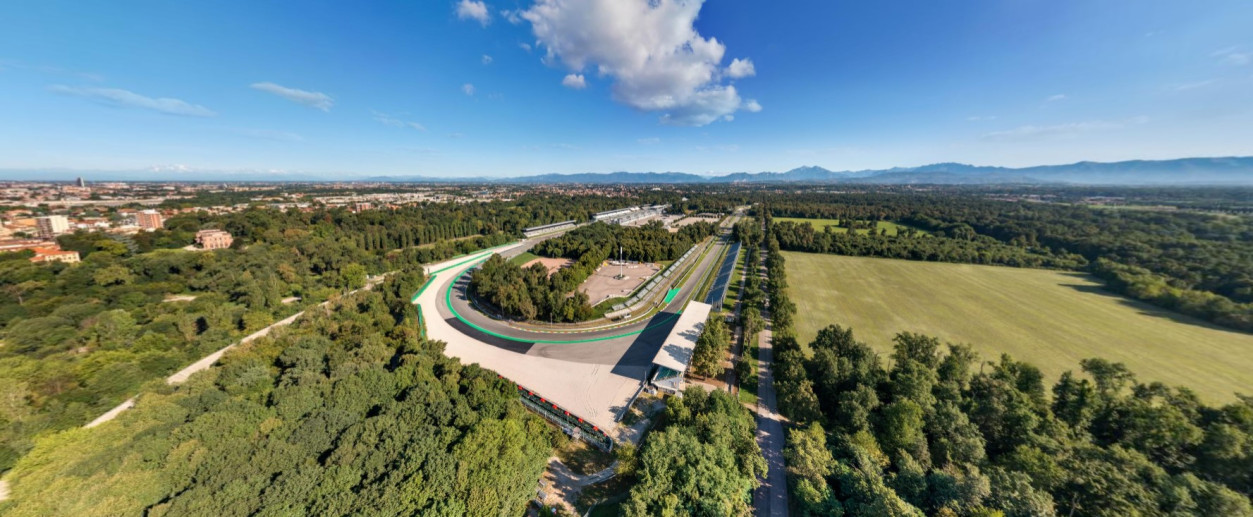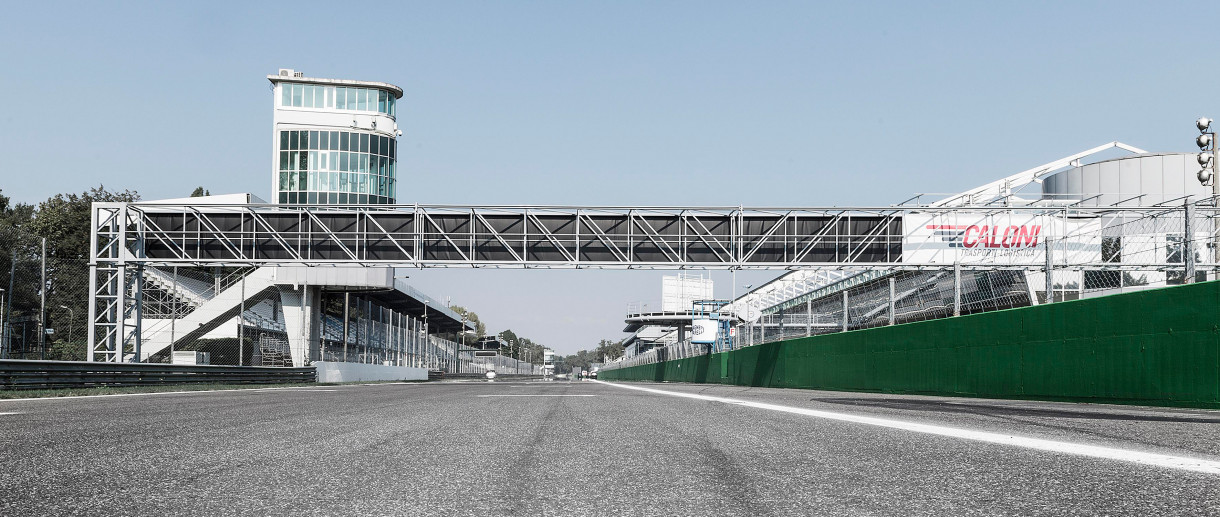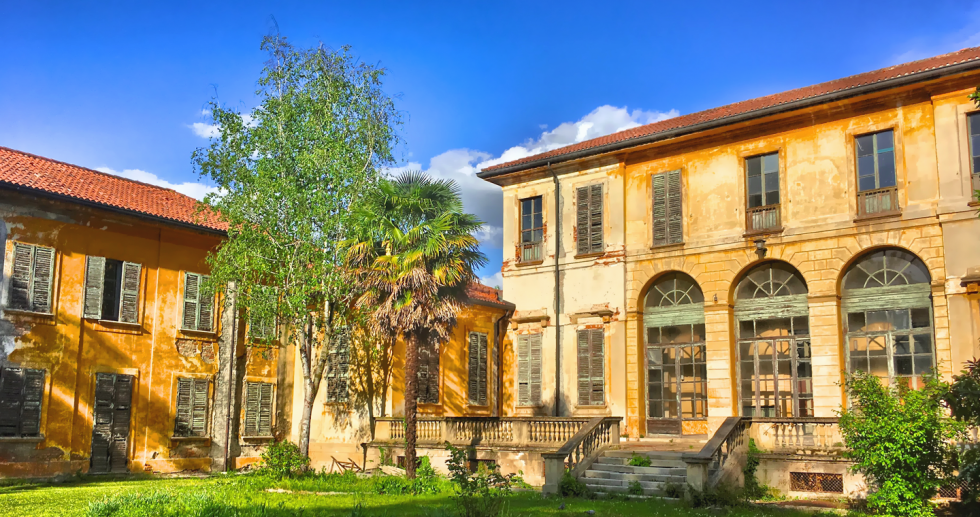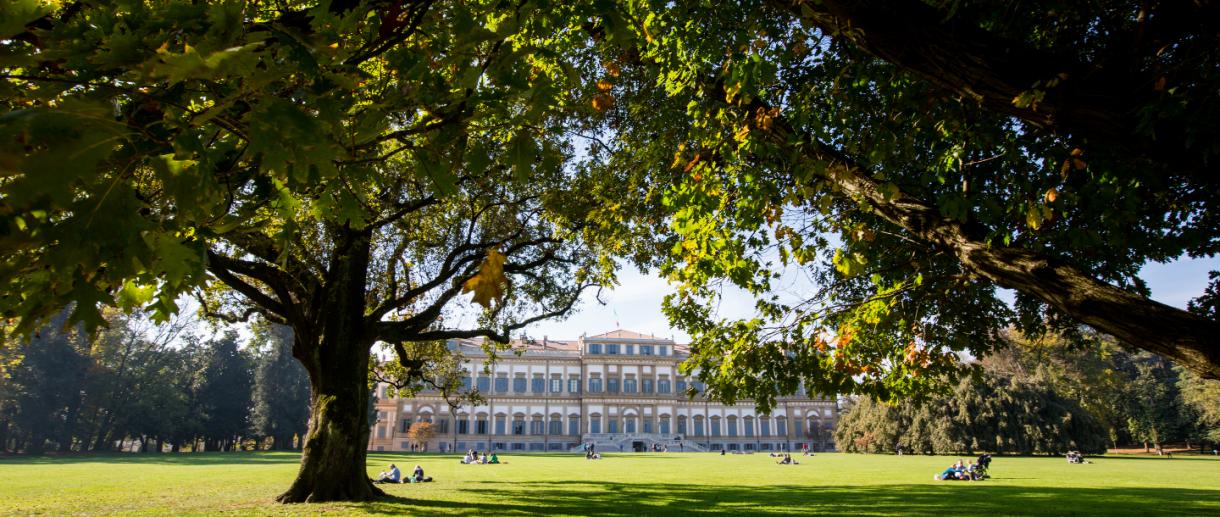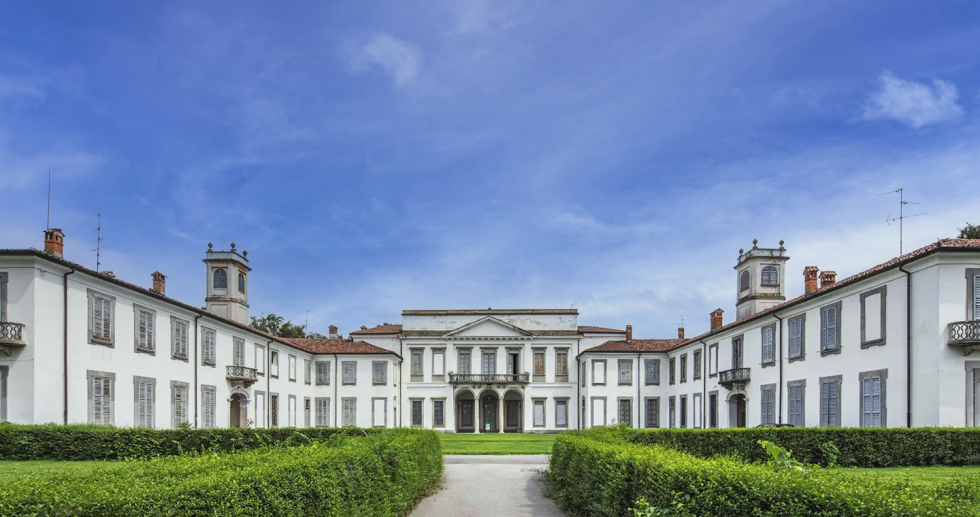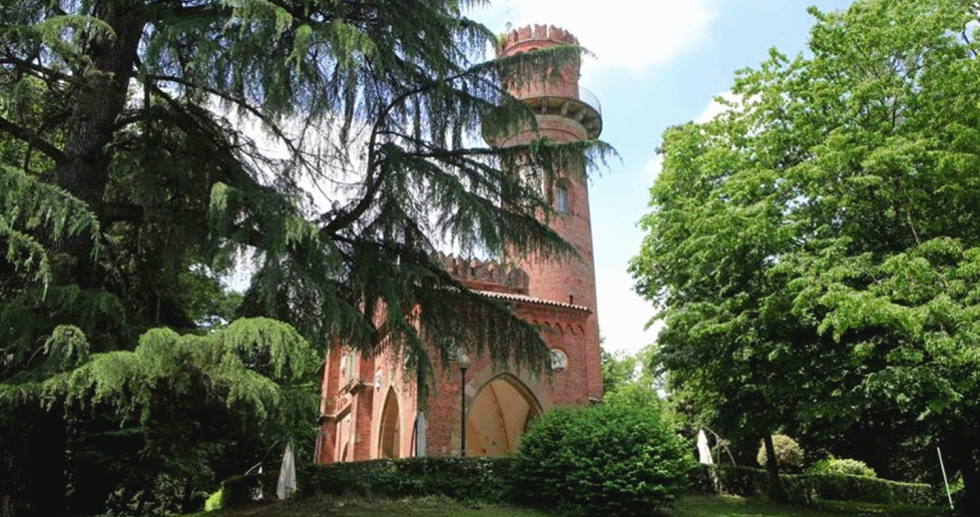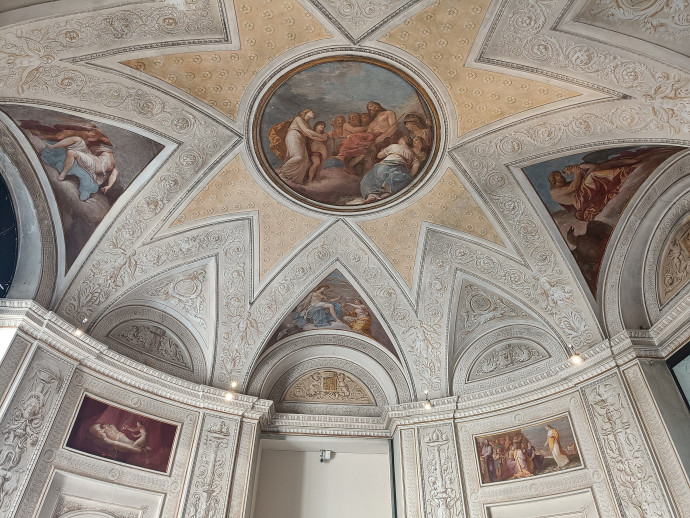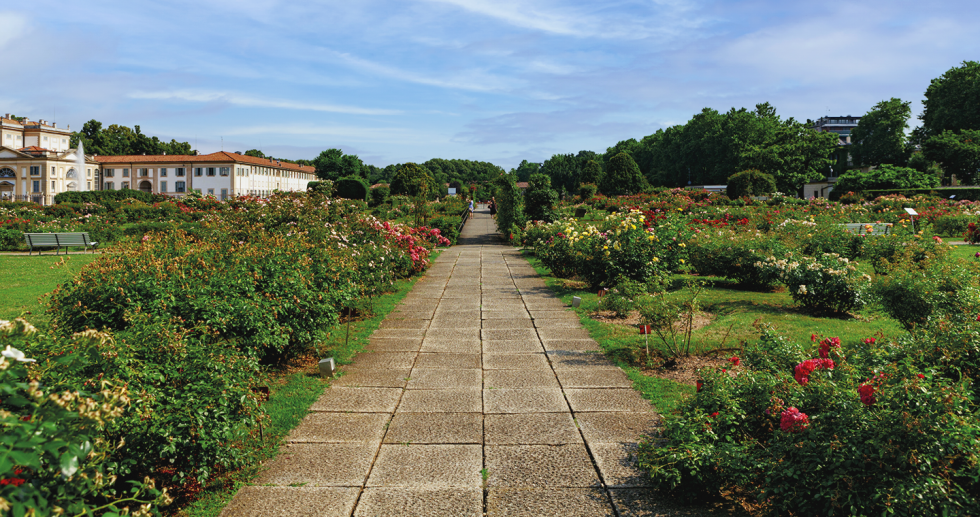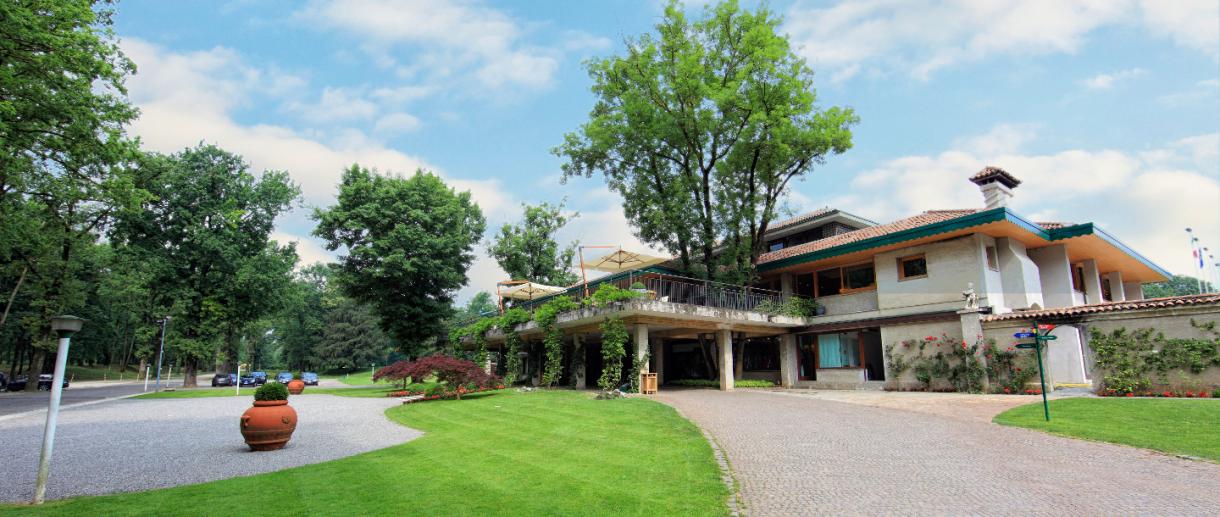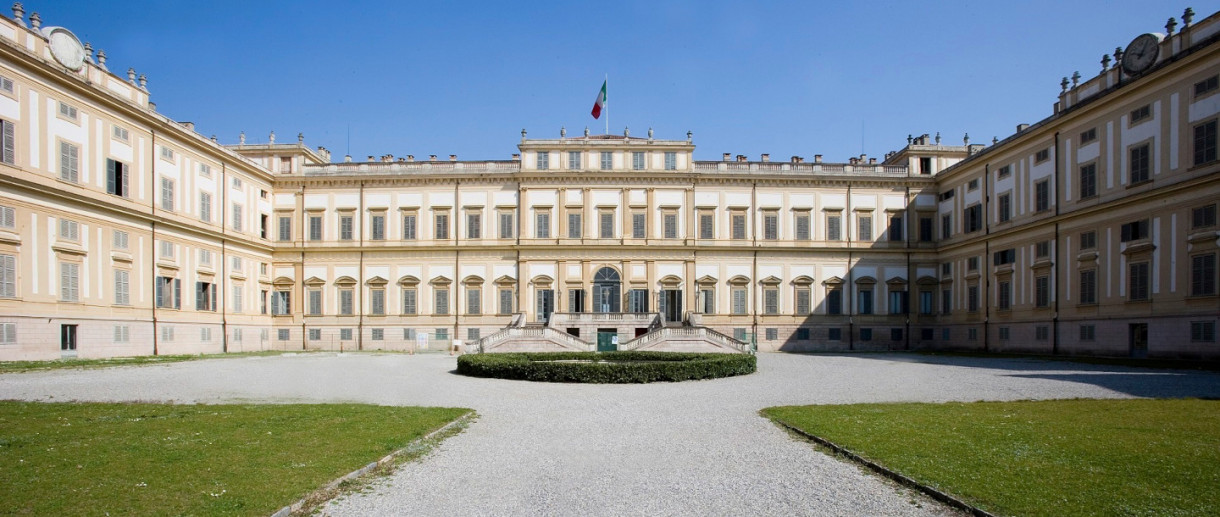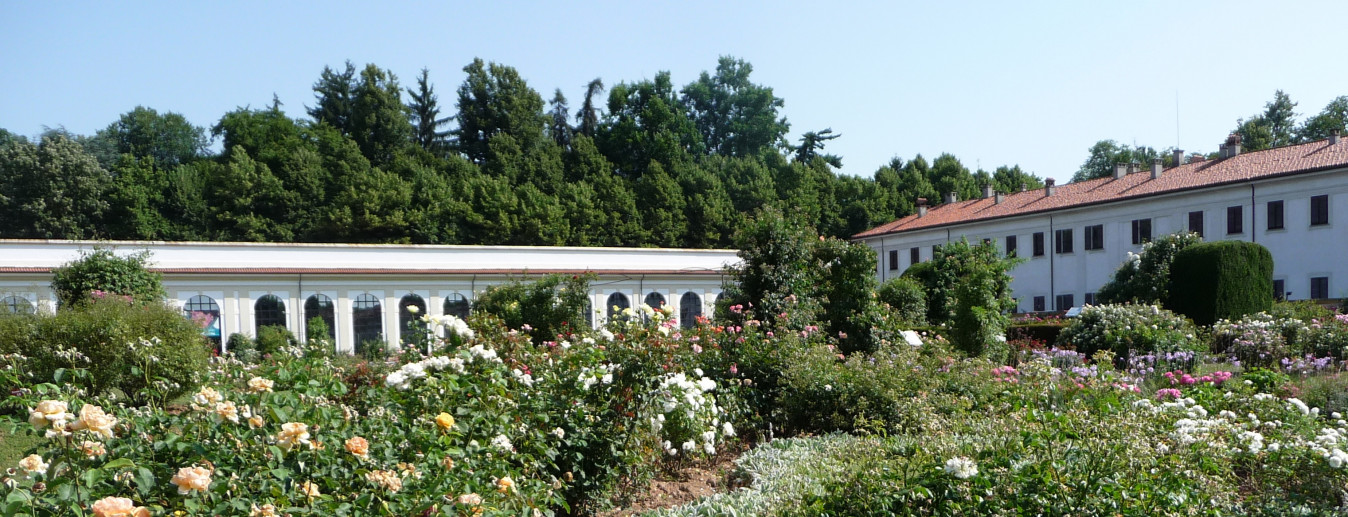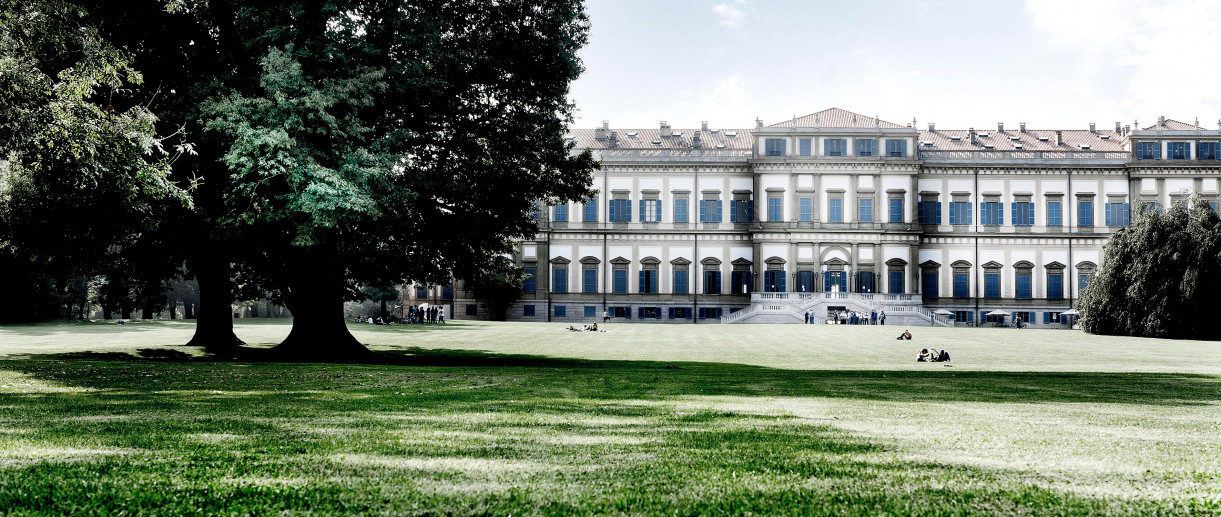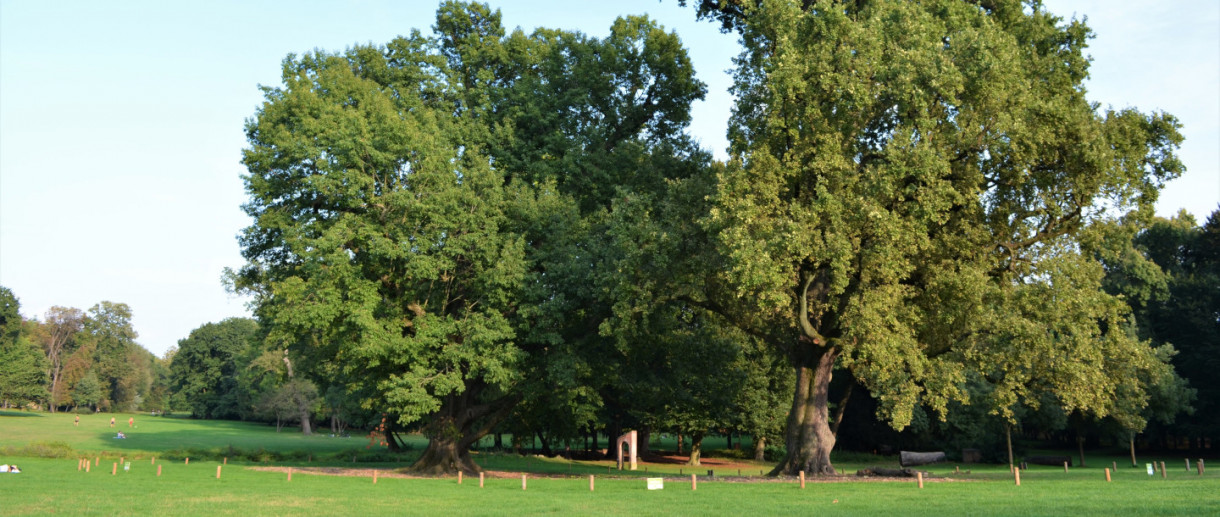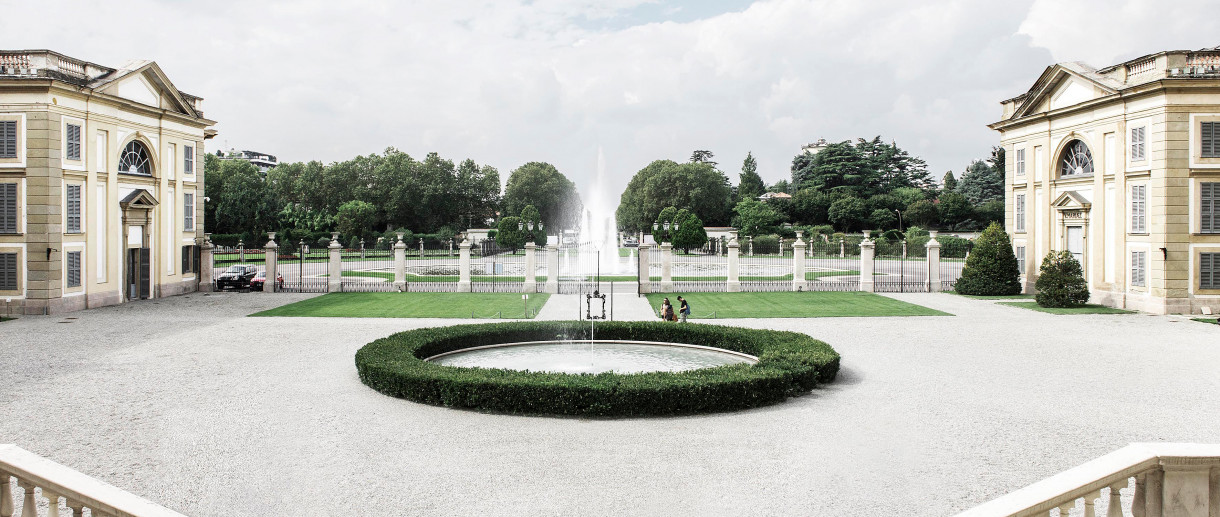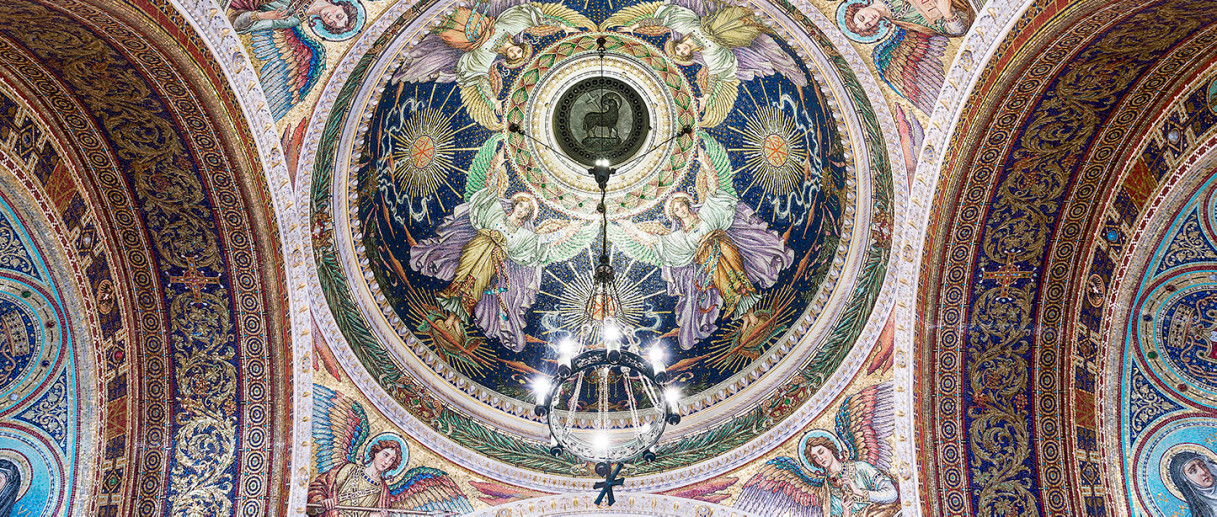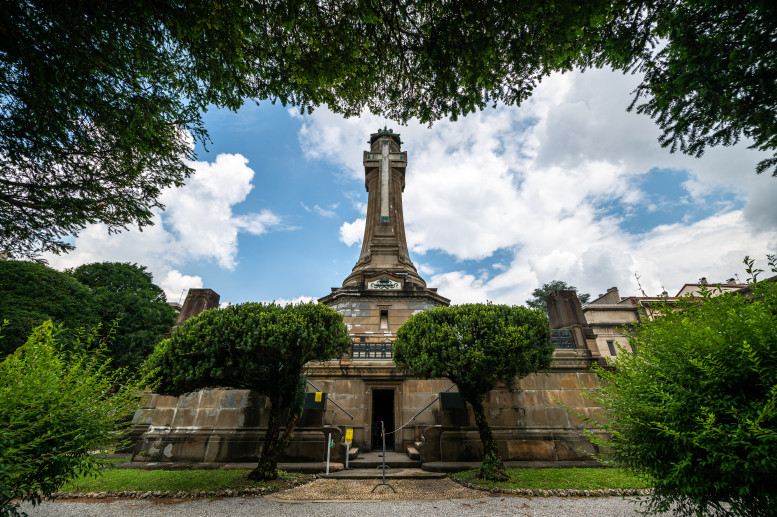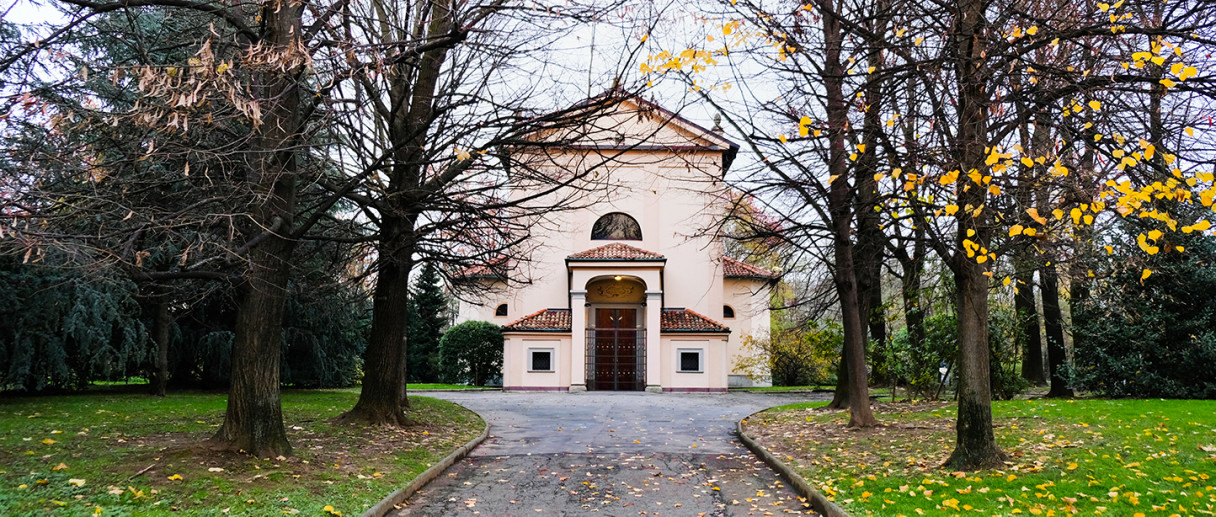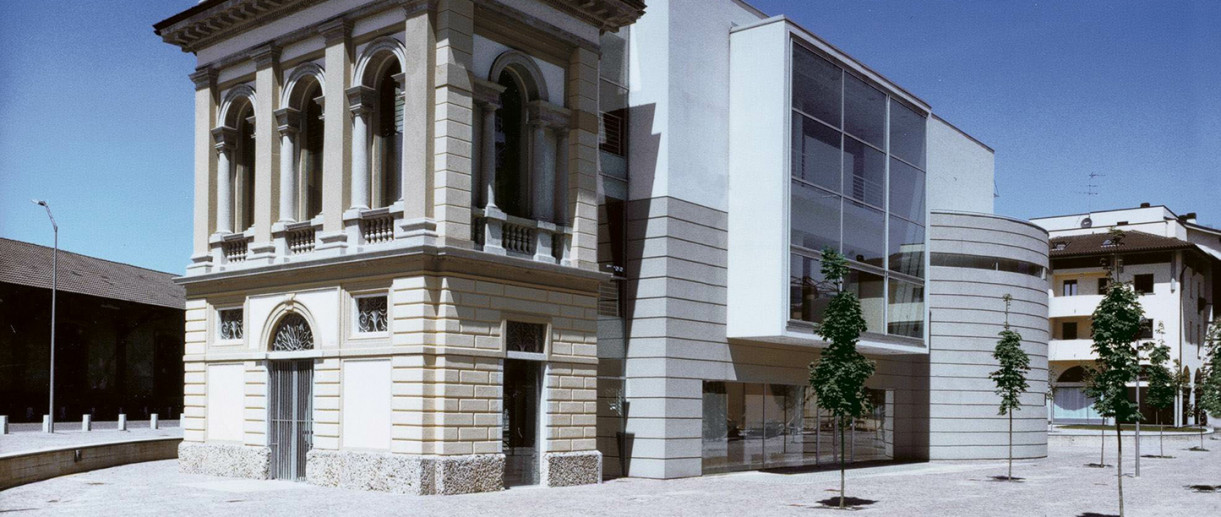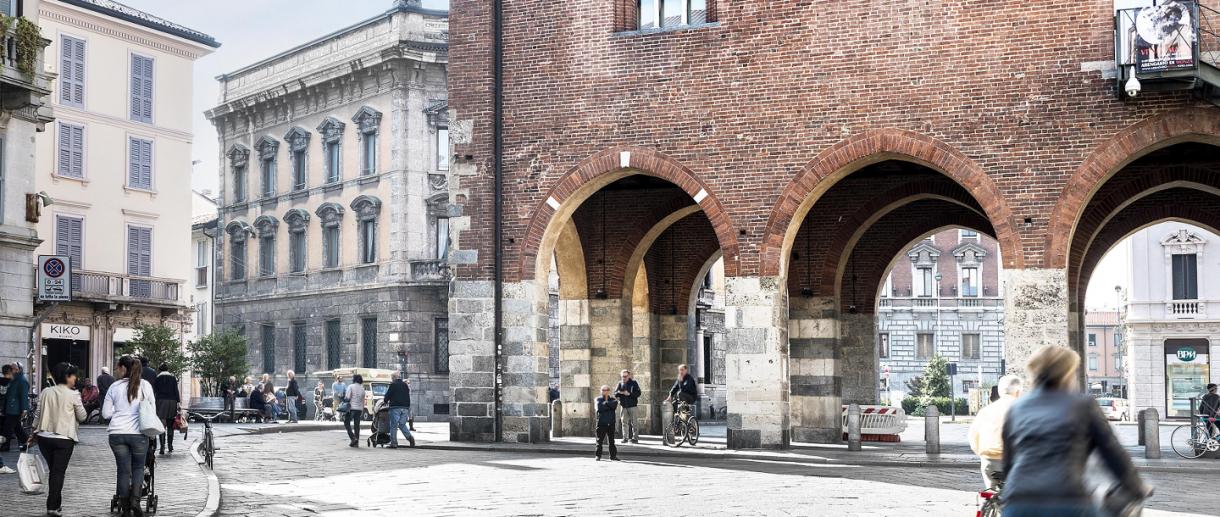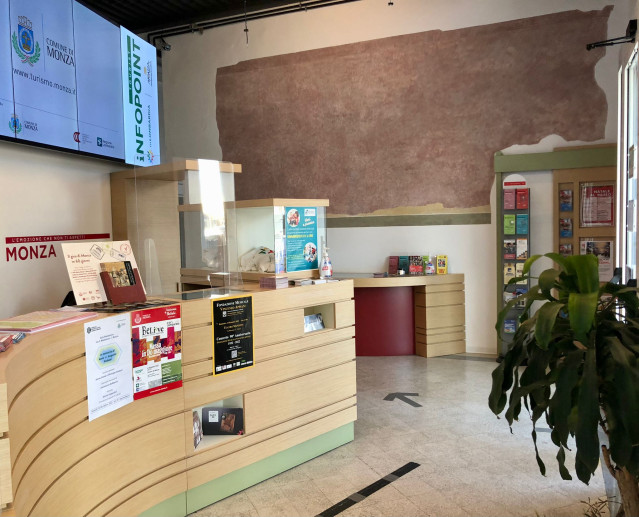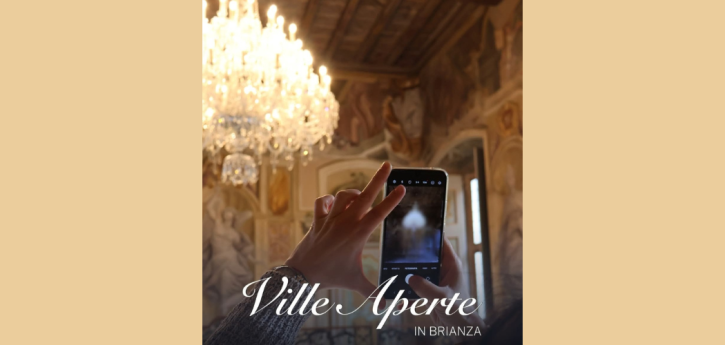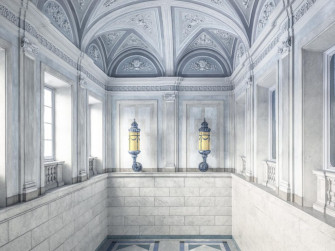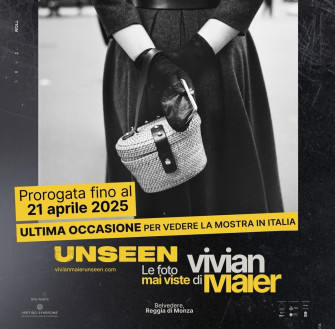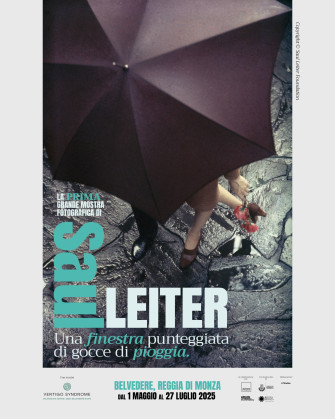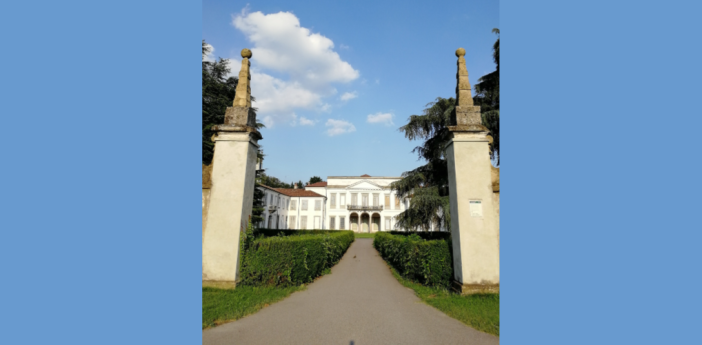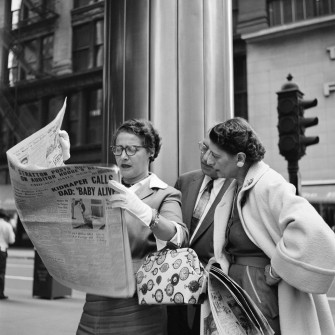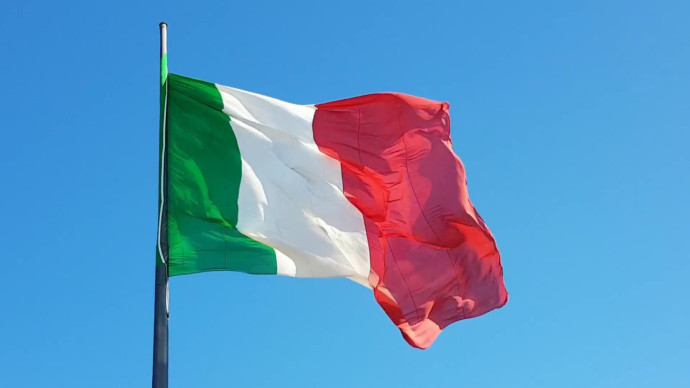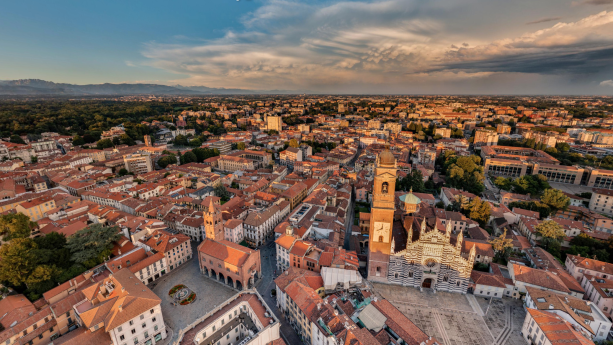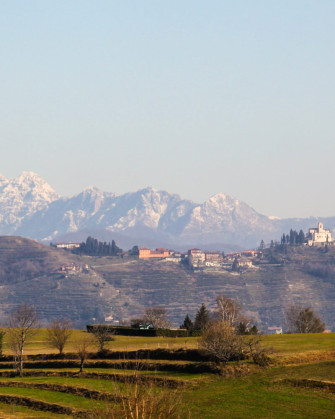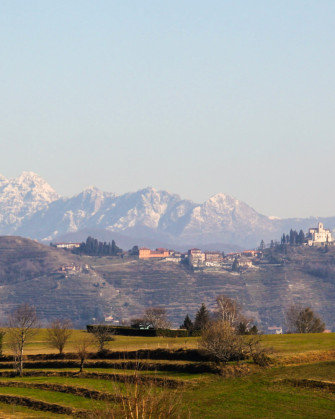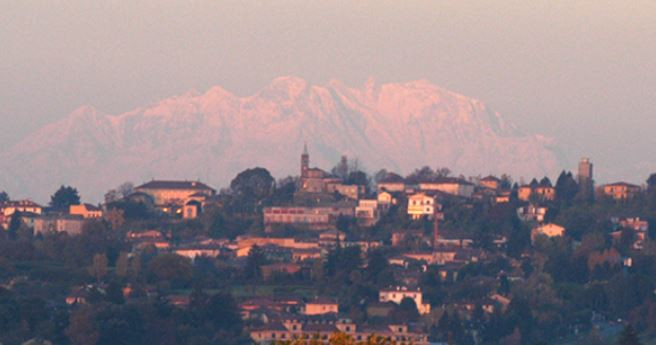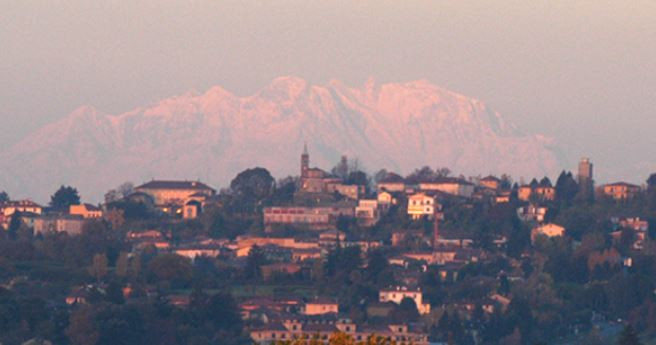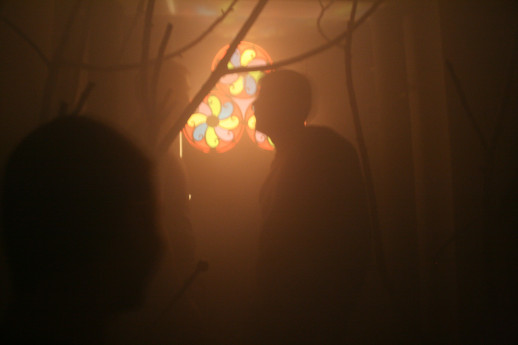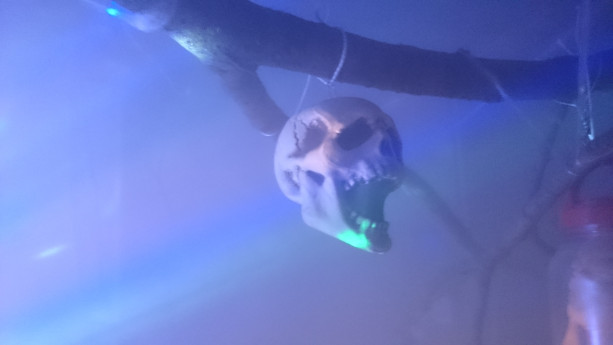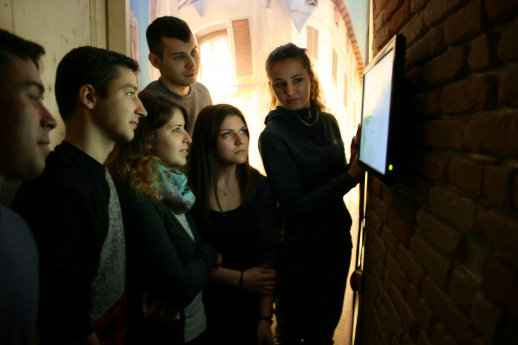- Art & Culture
- Active & Green
Vedano al Lambro
Near Monza, in the Lambro Valley. From Villa Zendali to the Church of Santo Stefano, discover the treasures of Vedano al Lambro.
Did you know that some scenes from the film “The Garden of the Finzi-Continis” were shot in the garden and interiors of Villa Litta Bolognini Modigliani in Vedano al Lambro?
For film buffs, this little tidbit alone might be enough to spend an afternoon in Vedano al Lambro, a small town overlooking the Park of Monza, close to the main city, where Vittorio De Sica shot some scenes of the masterpiece that won the Academy Award for Best Foreign Film in 1972.
Although today Villa Litta Bolognini - designed by the Milanese architect Luigi Chierichetti in Tudor style - remains inaccessible so as to preserve the privacy of its owners, in Vedano, during the FAI Days run by Fondo Ambiente Italiano (the Italian National Trust), you can visit another historic residence, Villa Zendali in Via Santo Stefano 4. Officially, King Umberto I purchased the villa to use it as a hunting lodge, but unofficially, as the tabloids of the time tell us, to meet the noblewoman Eugenia Litta in secret.
The parish church of Santo Stefano stands alongside the villa. Built in the 15th century and remodelled in the late 19th century, it houses prized works of art, including a 16th century Nativity and an Adoration of the Magi.
The Sanctuary of the Madonna della Misericordia - one of the stages on the ‘Cammino di Sant'Agostino’ pilgrimage route - stands at the intersection of the municipalities of Vedano al Lambro, Biassono and Lissone, and it is said that the Madonna appeared here during a plague epidemic. And the fresco in the presbytery basin, painted by Luigi Tagliaferri, refers to that plague: in the background, the Madonna is seated on a mound of clouds with the Child Jesus in her lap, while groups of faithful invoke the Virgin's protection on either side.
One last suggestion: Vedano al Lambro is an excellent starting point for a walk in Monza Park: from Porta Vedano, used by King Umberto I to visit the “Villa Litta”, after the short climb, you quickly reach Villa Mirabellino, built in 1776 on a natural terrace. From there, you can take your pick of pathways among villas, farmhouses and centuries-old trees.
-
